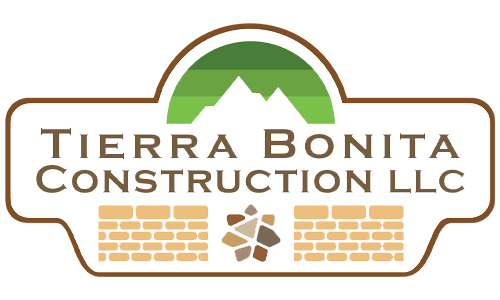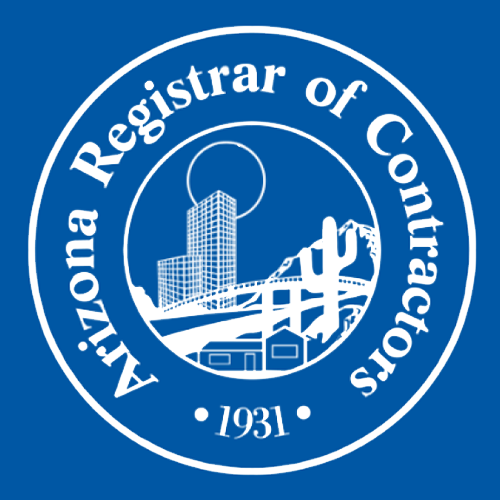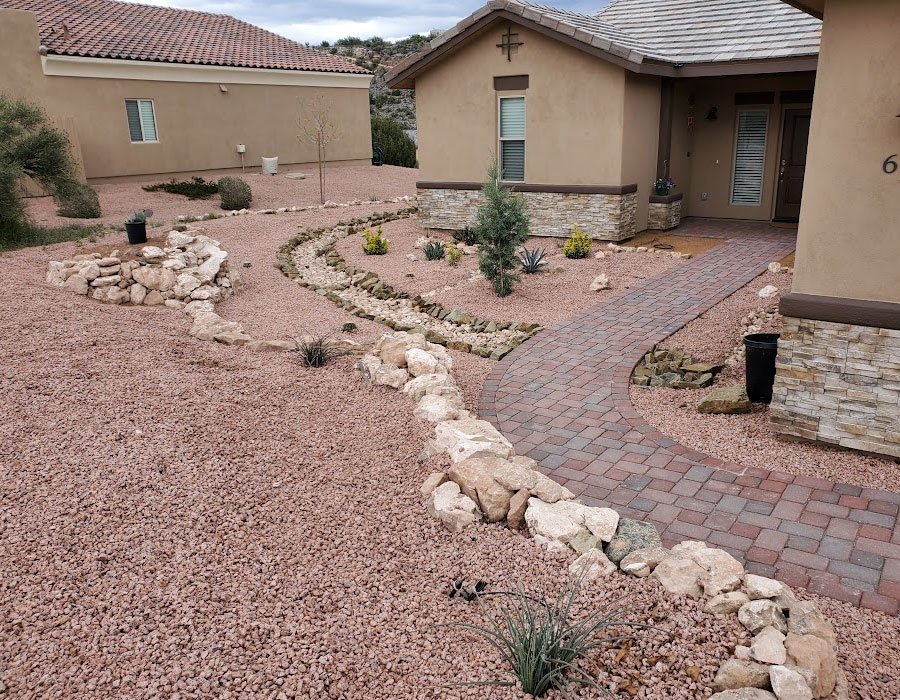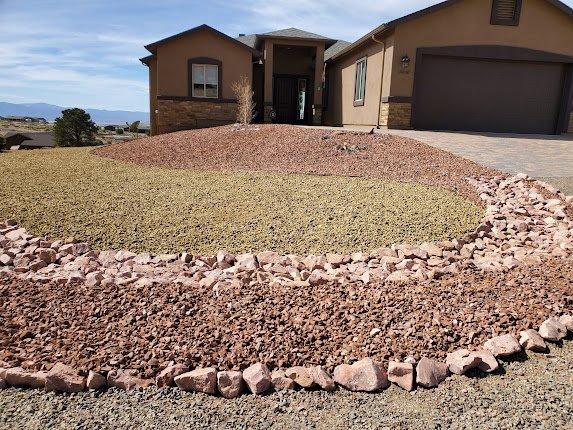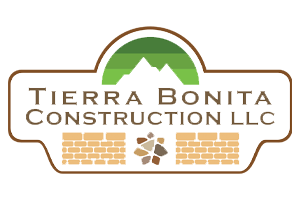Frequently Asked Questions
What factors should I consider for maintaining my landscape after installation in Prescott?
Maintaining your landscape after installation in Prescott involves considering factors such as local climate, soil type, plant selection, irrigation needs, and regular upkeep schedules to ensure your outdoor space thrives year-round.
What maintenance tasks are essential after installation?
Essential maintenance tasks after installation include regular watering, mulching, and weeding to promote healthy growth. Additionally, periodic pruning and checking for pests will help maintain the landscape's appearance and longevity.
How often should I water my landscape?
The frequency of watering your landscape depends on various factors such as plant type, soil conditions, and climate. Generally, in Arizona's dry climate, watering deeply once or twice a week is ideal to promote healthy growth.
What plants thrive in Prescotts climate?
The plants that thrive in Prescott's climate include drought-resistant varieties such as lavender, succulents, and native grasses, which are well-suited to the area's low moisture and high elevation.
How can I prevent weeds in my landscape?
Preventing weeds in your landscape involves several effective strategies. Regularly applying mulch, maintaining healthy soil, and using landscape fabric can significantly reduce weed growth while promoting a thriving outdoor space.
What is the best mulch for my garden?
The best mulch for your garden depends on your specific needs and local climate. Organic mulches like wood chips or bark retain moisture and improve soil quality, while inorganic options like gravel provide excellent drainage and low maintenance.
How do I properly prune my plants?
Properly pruning your plants involves cutting back dead or overgrown branches to promote healthy growth. Use sharp, clean tools, prune during the plant's dormant season, and make cuts at a slight angle to encourage new shoots.
What fertilizers are recommended for my landscape?
The recommended fertilizers for your landscape depend on the specific plants and soil conditions. Generally, a balanced, slow-release fertilizer with equal parts nitrogen, phosphorus, and potassium is ideal for promoting healthy growth in various landscapes.
How can I improve soil quality in my yard?
Improving soil quality in your yard involves adding organic matter, such as compost, to enhance nutrient levels and drainage. Regularly testing your soil can also help identify deficiencies and guide your amendments for optimal plant growth.
What pests should I watch for in Prescott?
The pests to watch for in Prescott include scorpions, spiders, ants, and various types of beetles. Keeping an eye on these common pests can help maintain a healthy and enjoyable outdoor space.
How do I create a maintenance schedule?
Creating a maintenance schedule involves identifying tasks needed for your landscape, determining their frequency, and setting specific dates for each task. Prioritize tasks based on seasonal needs and adjust as necessary for optimal results.
What tools are necessary for landscape upkeep?
The tools necessary for landscape upkeep include a lawnmower, pruning shears, a rake, a shovel, and a garden hose. These essential tools help maintain the health and appearance of your outdoor space efficiently.
How can I enhance drainage in my garden?
Enhancing drainage in your garden involves improving soil composition, adding drainage solutions like French drains, and incorporating raised beds. Additionally, ensure proper grading to direct water away from plants, promoting healthier growth and preventing waterlogging.
What are the signs of overwatering plants?
The signs of overwatering plants include yellowing leaves, wilting despite wet soil, root rot, and a musty odor from the soil. These symptoms indicate that the plants are receiving too much water, which can harm their health.
How do I choose the right plants for xeriscaping?
Choosing the right plants for xeriscaping involves selecting drought-tolerant species that thrive in your local climate. Opt for native plants, as they require less maintenance and water, ensuring a sustainable and resilient landscape.
What seasonal tasks should I prioritize?
The seasonal tasks you should prioritize include preparing your garden for planting in spring, maintaining irrigation systems during summer, and mulching in fall to protect plants during winter.
How can I protect my landscape from frost?
Protecting your landscape from frost involves several strategies. Cover plants with frost cloths, mulch around the base of plants, and consider using cold frames or row covers to shield sensitive areas during temperature drops.
What are the benefits of native plants?
The benefits of native plants include their adaptability to local climates, low maintenance needs, and support for local wildlife. They enhance biodiversity and require less water, making them ideal for sustainable landscaping in Arizona.
How do I design a low-maintenance garden?
Designing a low-maintenance garden involves selecting drought-resistant plants, utilizing mulch to suppress weeds, and incorporating efficient irrigation systems. Choose native species that thrive in Arizona's climate for a sustainable and beautiful outdoor space.
What irrigation systems work best in Prescott?
The best irrigation systems for Prescott are drip irrigation and smart irrigation controllers, as they efficiently deliver water directly to plant roots while conserving water in the arid climate.
How can I attract pollinators to my garden?
Attracting pollinators to your garden involves planting a variety of native flowers, providing a water source, and avoiding pesticides. Creating diverse habitats will encourage bees, butterflies, and other beneficial insects to thrive.
What landscaping mistakes should I avoid?
Common landscaping mistakes to avoid include overplanting, neglecting maintenance, choosing inappropriate plants for the climate, and ignoring proper drainage. These errors can lead to increased costs and reduced aesthetic appeal in your outdoor space.
How do I handle landscape pests organically?
Handling landscape pests organically involves using natural methods such as introducing beneficial insects, applying neem oil, or using homemade sprays with ingredients like garlic or soap. These approaches effectively control pests while being safe for the environment.
What is the best time to plant in Prescott?
The best time to plant in Prescott is during the spring and fall months, when temperatures are moderate, allowing for optimal root establishment and growth in Arizona's climate.
How can I incorporate hardscaping into my design?
Incorporating hardscaping into your design involves integrating features like patios, walkways, and retaining walls to enhance functionality and aesthetics. Consider your space's layout and choose materials that complement your landscape for a cohesive look.
What are the advantages of xeriscape planting?
The advantages of xeriscape planting include reduced water usage, lower maintenance requirements, and enhanced resilience to drought conditions. This sustainable landscaping approach is ideal for arid climates, promoting eco-friendly practices while creating visually appealing outdoor spaces.
How do I maintain a healthy lawn?
Maintaining a healthy lawn involves regular watering, appropriate mowing, and proper fertilization. Ensure your grass receives adequate sunlight and nutrients while controlling weeds and pests to promote lush growth and resilience.
What landscape features increase property value?
Landscape features that increase property value include well-designed gardens, mature trees, outdoor living spaces, efficient irrigation systems, and low-maintenance plants, all of which enhance curb appeal and create inviting environments for potential buyers.
How can I create shade in my garden?
Creating shade in your garden can be achieved through various methods. Consider planting trees, installing pergolas, or using shade sails to effectively block sunlight and enhance your outdoor space.
What are the costs associated with landscape maintenance?
The costs associated with landscape maintenance vary based on factors like property size, service frequency, and specific tasks required. Generally, expenses can include mowing, trimming, fertilization, and seasonal clean-ups, ensuring your outdoor space remains beautiful and healthy.
